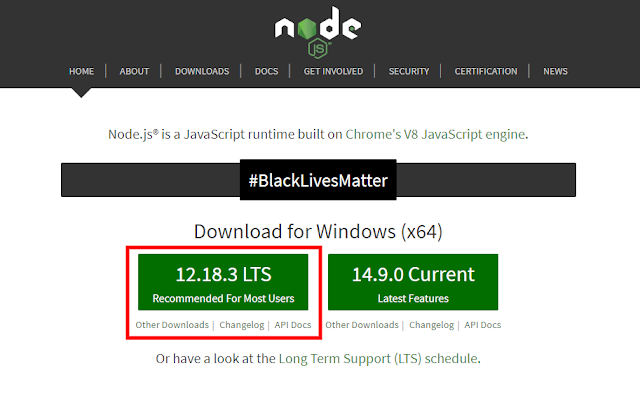

Edit the following configuration file in your home directory vim ~/.bash_profileĪnd, add the below lines to ~/.bash_profile ( or ~/.zshrc for macOS Catalina or newer versions) export NVM_DIR=~/.nvm Now, configure the required environment variables.

Next, create a directory for NVM at home. Update the Homebrew package list and install NVM.

Now, your system is ready for the installation. brew uninstall -ignore-dependencies node brew uninstall -force node Step 2 – Install NVM on macOS

My system already has installed node via Homebrew. If your system already has a node installed, uninstall it first. Login to the macOS desktop system and install Homebrew on your system (if not already installed) ruby -e "$(curl -fsSL )"įor more instruction visit Homebrew installation tutorial. You must have macOS desktop access with administrator privileges. It is always better to check the version and location of Node.js which you installed.This tutorial helps you to install NVM on your macOS system and manage Node.js versions. Install Node.js Click the Link and Download pkg Ryan Dahl in 2009 decided “it would be great to run it outside the browsers” before Node.js we only had that runtime that Web APIs and Call back Queue in event loop all browsers based. Consequently, Node.js represents a “JavaScript everywhere” paradigm, unifying web-application development around a single programming language, rather than different languages for server-side and client-side scripts. Node.js lets developers use JavaScript to write command line tools and for server-side scripting-running scripts server-side to produce dynamic web page content before the page is sent to the user’s web browser. Node.js is an open-source, cross-platform, back-end JavaScript runtime environment that runs on the V8 engine and executes JavaScript code outside a web browser. Executing your JavaScript Code outside a web browser, you need to install Node.js.


 0 kommentar(er)
0 kommentar(er)
